Introduction
Small decorative grasses can uplift any garden space with their unique textures and colors. As an avid gardener, I have personally experimented with various types of grasses, discovering their profound ability to enhance a landscape’s beauty. Whether you are a novice or a seasoned gardener, this guide will provide you with everything you need to know about small decorative grasses, from selection to care and creative uses. Let’s dive in!
What Are Small Decorative Grasses?
Small decorative grasses are typically characterized by their compact growth and ornamental appeal. They vary in height, texture, and color, making them an excellent choice for adding variety to garden designs. These grasses can serve as ground covers, borders, or focal points when planted in groups.
Types of Small Decorative Grasses
There is a vast array of decorative grasses available, each with its own unique charm. Here’s a closer look at some popular varieties:
1. Blue Fescue (Festuca glauca)
Blue Fescue is a clump-forming grass that features stunning blue-green foliage. It is drought-resistant and thrives in well-drained soil with full sun exposure.
2. Japanese Forest Grass (Hakonechloa macra)
This elegant grass is known for its beautiful cascading habit. It prefers partial shade and can add a soft, flowing effect to any garden.
3. Carex (Carex spp.)
Carex, often called sedge, encompasses a variety of small grasses that thrive in diverse conditions, including wet or dry soil. Their foliage can range from green to variegated.
4. Dwarf Mondo Grass (Ophiopogon japonicus)
With its striking dark green or variegated leaves, Dwarf Mondo Grass is perfect for edging pathways or as a ground cover.
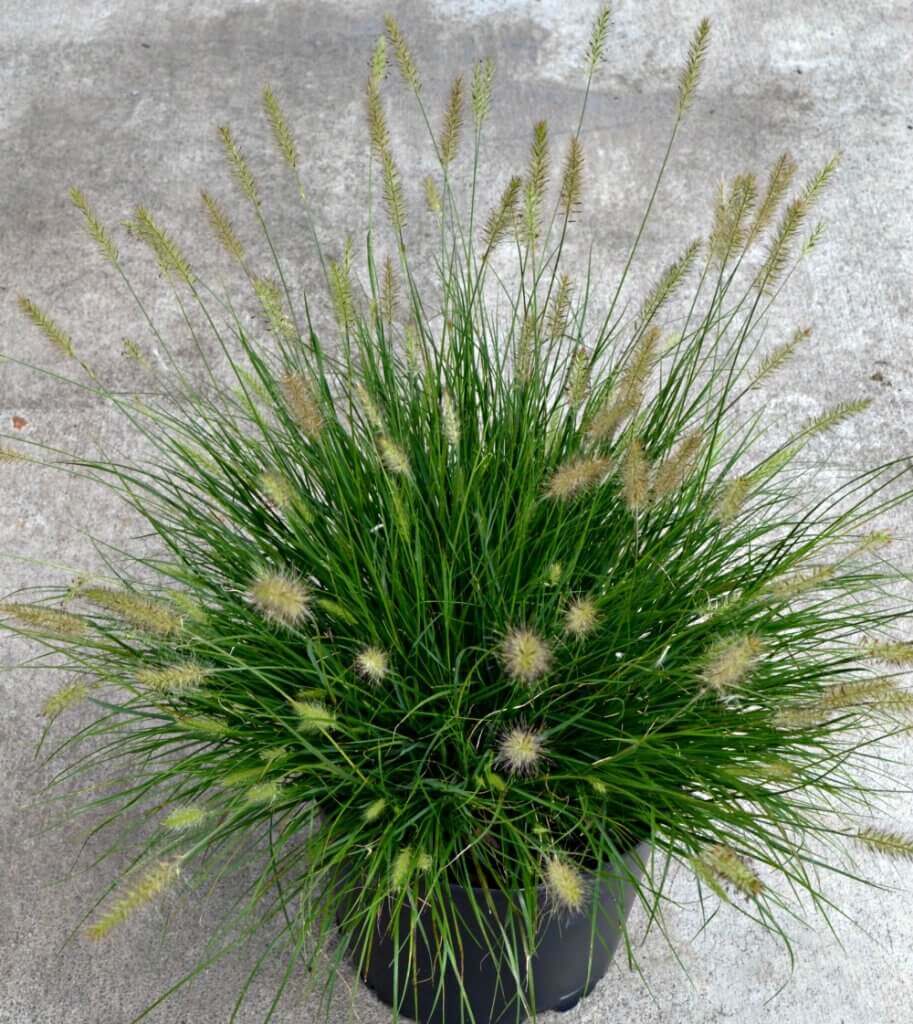
5. Mexican Feather Grass (Nassella tenuissima)
This grass has fine, wispy plumes that sway delicately with the wind, adding a whimsical touch to any landscape.
6. Fountain Grass (Pennisetum alopecuroides)
Fountain Grass features attractive feathery flower spikes and is versatile in both formal and informal settings.

Benefits of Using Small Decorative Grasses
Small decorative grasses offer various benefits for both aesthetic appeal and environmental health. Here are some key advantages:
- Low Maintenance: Most small decorative grasses are drought-tolerant and require minimal care.
- Versatility: They can be used in various garden styles, from modern to traditional.
- Wildlife Friendly: Many grasses attract beneficial insects and birds.
- Soil Erosion Control: Their roots help stabilize soil, preventing erosion.
- Year-Round Interest: These grasses provide texture and color throughout the year.
Choosing the Right Small Decorative Grass for Your Landscape
Selecting the perfect grass for your garden can feel overwhelming, but consider a few key factors:
1. Climate and Zone
Determine your hardiness zone to choose grasses that can thrive in your local climate. You can find this information on the USDA Plant Hardiness Zone Map.
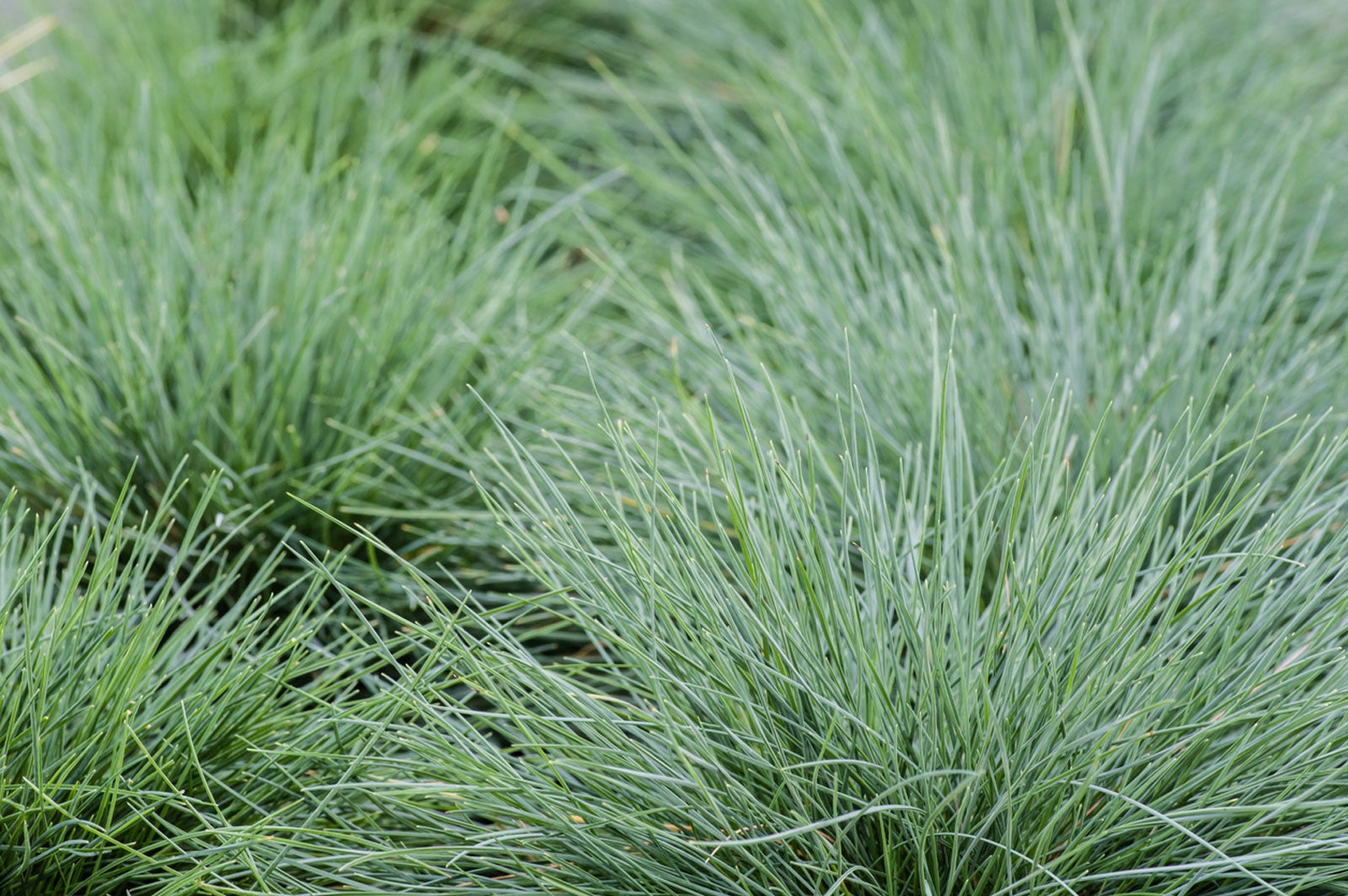
2. Sunlight Requirements
Evaluate the sunlight availability in your garden. Different grasses require varying levels of sun exposure (full sun, partial shade, etc.).
3. Soil Type
Understanding your soil’s drainage and composition will help you select grasses that will flourish in those conditions.
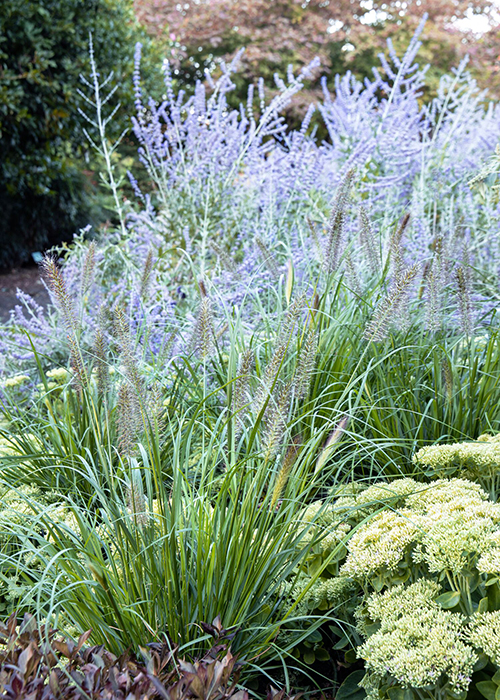
4. Purpose
Decide how you want to use decorative grasses—whether as a border, filler, or focal point—to ensure you choose the right shape and size.
How to Care for Small Decorative Grasses
Caring for decorative grasses is relatively straightforward, but here are some essential care tips:

1. Watering
While many of these grasses are drought-resistant, they will require regular watering during the establishment phase. Once established, water sparingly.
2. Fertilizing
Use a balanced fertilizer in the spring to promote healthy growth. However, avoid over-fertilization, as this can lead to excessive foliage growth at the expense of flowers.
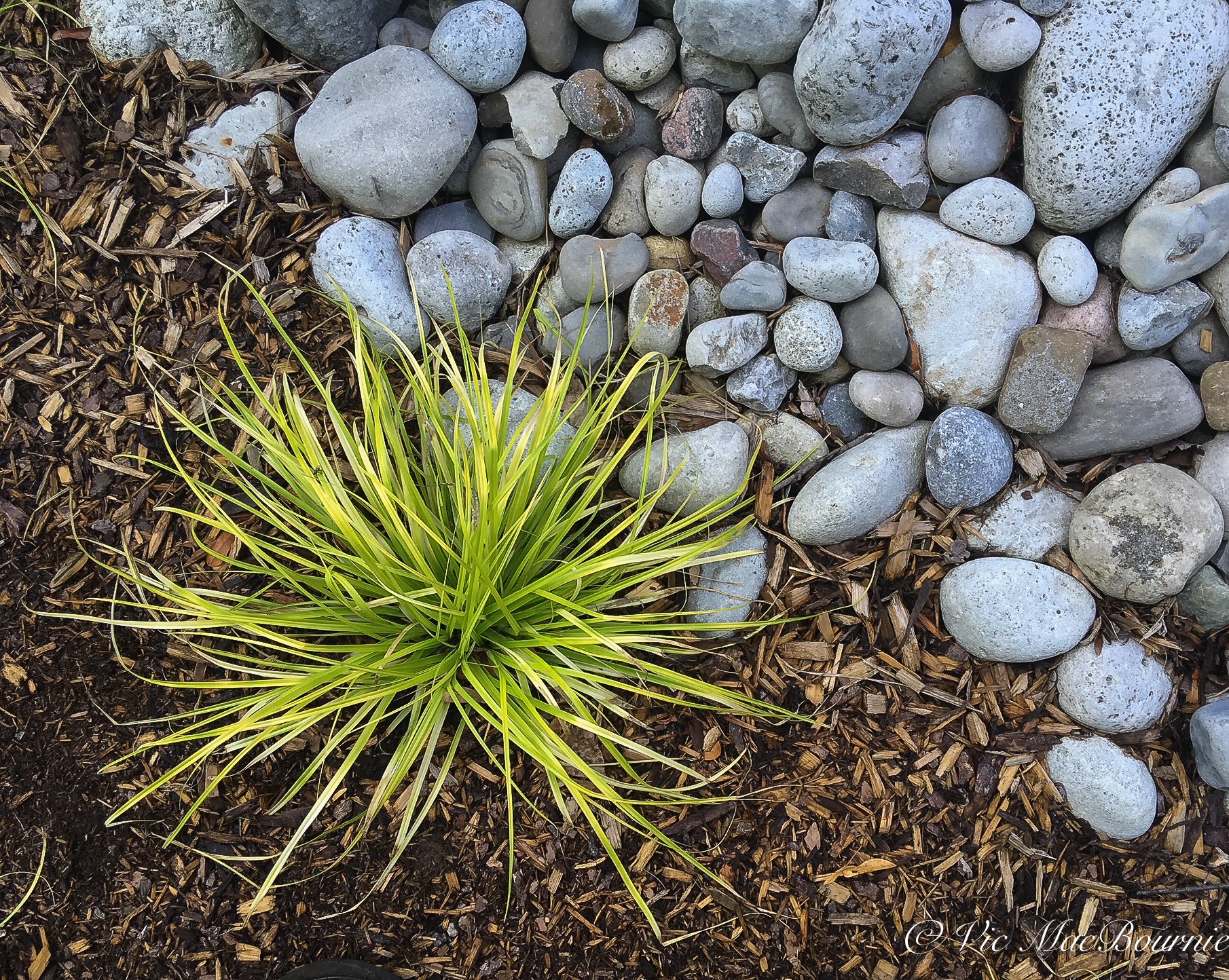
3. Pruning and Maintenance
Most small decorative grasses will benefit from annual pruning. Trim back dead foliage in early spring before new growth begins to ensure a fresh look.
4. Pest and Disease Management
Keep an eye out for any pests or diseases, such as aphids or blight. Early detection and organic management strategies can help in controlling these issues.
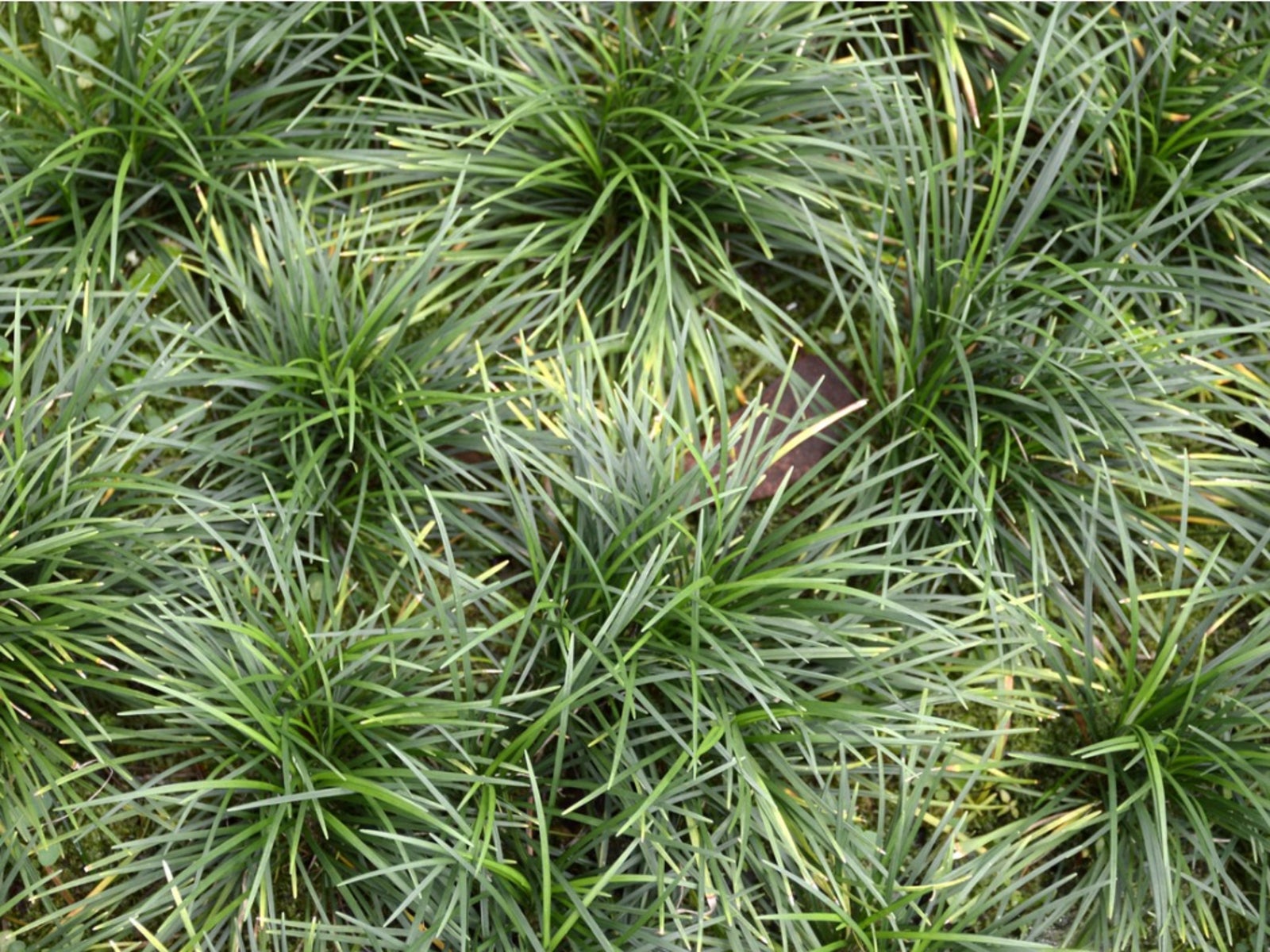
Creative Uses for Small Decorative Grasses
Small decorative grasses can be used in various creative ways to enhance your landscaping:
1. Container Gardening
Grasses can be used in container gardens to create height and texture. Consider mixing them with annual flowers for dramatic effect.
2. Mixed Borders
Integrate these grasses with flowering plants to create visually striking borders. Their height creates layers and depth in your flower beds.
3. Pathway Edges
Planting small grasses along pathways creates a soft and inviting atmosphere while guiding visitors through your garden.
4. Focal Points and Accents
Stand-alone clumps of decorative grass can serve as stunning focal points in your garden, adding interest and charm.
Comparing Small Decorative Grasses
To help you decide which grass might be the best fit for your garden, here’s a comparison table of some popular small decorative grasses:
| Grass Type | Height | Sun Requirements | Water Needs | Soil Preference |
|---|---|---|---|---|
| Blue Fescue | 10-12 inches | Full Sun | Low | Well-drained |
| Japanese Forest Grass | 12-18 inches | Partial Shade | Medium | Moist, well-drained |
| Carex | 6-24 inches | Full Sun to Shade | Variable | Moist soils |
| Dwarf Mondo Grass | 6-10 inches | Full Sun to Shade | Medium | Well-drained |
| Mexican Feather Grass | 24-36 inches | Full Sun | Low | Well-drained |
| Fountain Grass | 24-36 inches | Full Sun | Medium | Well-drained |
Pros and Cons of Small Decorative Grasses
Like any plant choice, small decorative grasses come with their own advantages and disadvantages. Here’s a breakdown:
Pros
- Low Maintenance and Care Requirements
- Diverse Aesthetic Variations
- Year-Round Interest
- Soil Stabilization Benefits
- Wildlife Attraction
Cons
- Can Spread Invasively (depending on species)
- Some Require Specific Conditions
- Limited Color Variety (mostly green tones)
- Height Limitations for Larger Gardens
Conclusion
Incorporating small decorative grasses into your garden can provide textural beauty and ecological benefits. With a variety of species to choose from, there is something for every garden style and personal preference. I encourage you to experiment with different types of grasses to find what works best for your space and to enjoy the many benefits they bring.
Frequently Asked Questions (FAQs)
1. How do I choose the right decorative grass for my garden?
Consider climate, sunlight, soil type, and the intended use of the grass. Research specific grasses to find the best fit for your needs.
2. Can small decorative grasses be grown in containers?
Yes, many small grasses thrive in containers. Ensure your pots have drainage holes and use quality potting soil.
3. Are small decorative grasses drought-tolerant?
Many types of small decorative grasses are drought-tolerant once established, making them a great choice for low-maintenance gardens.
4. When is the best time to plant decorative grasses?
The best time to plant small decorative grasses is during the spring or fall when temperatures are moderate and rainfall is more consistent.
5. How do I maintain my small decorative grasses?
Regular watering, occasional fertilization, and annual pruning will help keep decorative grasses healthy and thriving.